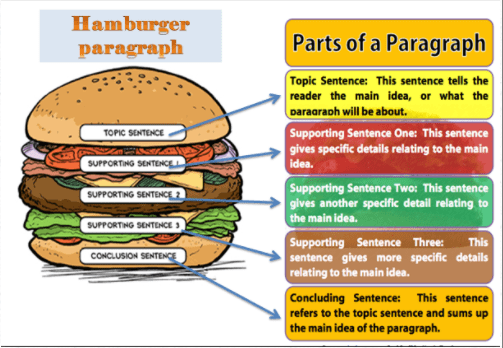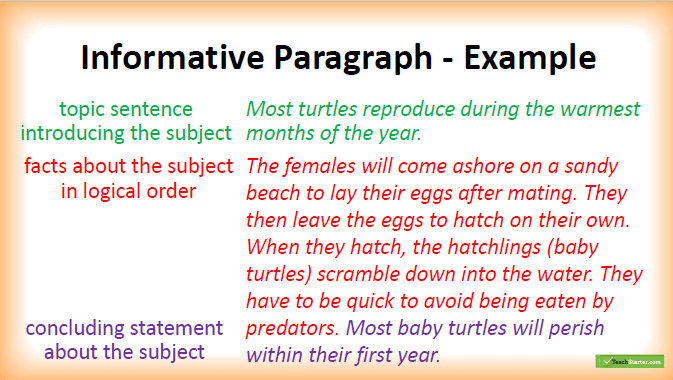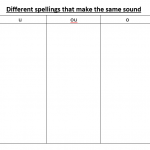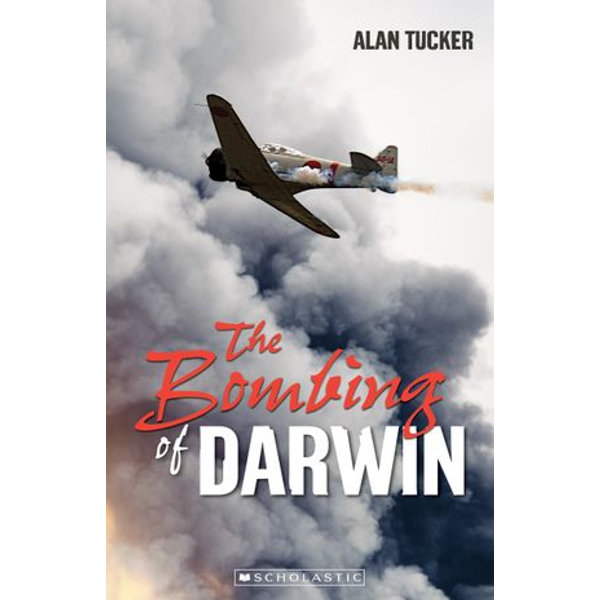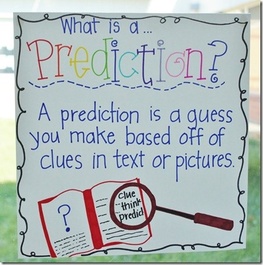

 Take some time to read pages13-17 today. Either before reading class or after.
Take some time to read pages13-17 today. Either before reading class or after.
We are learning to skim and scan to find new information in the texts we read.
We can:
– Find key words in the text and phrases in the text
– Describe key words from the text with the author’s words
– Demonstrate our understanding of the text by collecting key words and phrases and use these to answer key questions
Let’s learn a little more about the bombing of Darwin before we keep reading. What was it? When was it? Why is it important to Australia’s history.
Activity: In class today you are going to watch the BTN video on the Bombing of Darwin. Your task today is to jot down key words and phrases. Be ready to share with your class tomorrow.
If you haven’t read today yet, please read pages 13-17 in your own time.


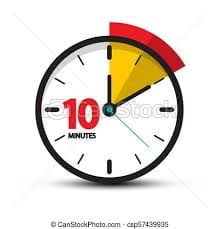
This week our focus sound is /air/ as in ‘hair’. The sound /air/ can be represented by more than one spelling. /air/ could be a <are> <air> <ear> <ere> <eir> & <ayer>
| Care
Dared
Stare
Airbag
Airport
Bearskin
Where
There
Their
Wearable |
Caring
Glare
Rarely
Sharing
Chairlift
Hairbrush
Repaired
Stairway
Wearing
Theirs |
Careless
Barefooted
Preparing
Warehousing
Sparingly
Chairperson
Hairdressing
Lairdship
Whereabouts
Prayers |
Spelling Fluency Task
Write out your 10 chosen spelling words twice (x2)
Identify and write the antonym for each of your spelling words
Modelled Writing (Teacher)
Learning Intention:
We are learning how to plan for an information report
We are also learning to select appropriate sub headings for report topics.
Success Criteria:
# I can plan an information report by thinking of what I already know, and writing down questions I’d like to find out about my topic. This will help focus my research and planning.
# I can select suitable sub headings for a Grade 4/5/6 level information report.
Today we are going to plan our information report. The expectation for a grade 4/5/6 information report is about 4-6 sub headings. But remembering the checklist of features from Tuesday, this does not mean 4-6 paragraphs, some sub headings might have an extra paragraph in them.
As a class, we are going to brainstorm all the possible sub headings that an ‘animal topic’ information report could use. Then your teacher will share them with you.
**Begin brainstorm**
Now how about we add some pizzazz to our sub headings? Here are the sub headings from an Information Report I wrote years ago about Batman. You can see that I’ve put the plain, regular sub headings in brackets – just in case the Reader isn’t sure what the information in each sub heading will be about. But it’s much more interesting this way!

Bruce becomes the Bat (History)
“Batman must be really ugly to hide his face!” – The Joker
(Secret Identity)
Where did I put those Batmobile keys? (Gear & Gadgets)
Dark Knight, meet Boy Wonder (Partners)
“Holy host of bad guys, Batman!” (Enemies)
Independent Task (Student)
Using the list above, you will need to decide which sub headings to use in your information report. This is going to help guide your research/planning. You only need to select 5 or 6 sub headings.
First, you need to make a table which looks like this:
| What I already know |
Questions I have |
| Prior knowledge |
Who
What
When
Where
Why
How |
Then, write down all the facts you already know in the left column. It doesn’t matter if you think your prior knowledge is ‘basic’ – the aim is to write down anything you already know.
After this is complete, start writing questions that you’d like to find out/answer about your topic in the right column. This is going to help you focus your research time. Using the who, what, when etc keywords can help to write your questions – you don’t just use them each once – think of as many questions as possible. Questions you might have always wondered about this topic, but you’ve never had the opportunity to look into it.
Next, you’ll need somewhere to record any researched information. Try ruling up a blank page in your book to look like this. Make sure they’re big enough because all your research will be going in here, to keep it organised.
| Sub heading 1 |
Sub heading 2 |
Sub heading 3 |
|
|
|
|
| Sub heading 4 |
Sub heading 5 |
Sub heading 6 (*optional*) |
|
|
|
|
Add the sub headings you’ve selected into the top of each ‘section’. Can you think of a way to add some pizzazz to your sub headings?
Ok, now it’s time to start researching! As you research and answer questions from your list, place the facts you learn into the organiser proforma above. This will make it SO MUCH EASIER when we begin writing the report next week.
As a guide, if each fact becomes a sentence, you will need at least 5 sentences for each sub heading. This guide should help you research enough information for your report.
REPORT INTRODUCTIONS (WEDNESDAY)
I have included yesterday’s example of an information report example – just in case you need to look at it again.
There are only 4 criteria to include in the introduction of an information report – and it’s important to include all of them.
- Hook – fact or statistic (to engage the reader)
- Definition – give the meaning of the topic (what would it say in a dictionary)
- Classification – what ‘group’ or category does the topic belong to? (if the topic is an animal this could be the Family & Scientific Name)
- Description (brief)
Here is an example of an information report introduction about pizza. Try and identify all 4 criteria.
Pizza is a popular meal which originated in Naples, Italy. It is a round, flat bread cooked with cheese and other toppings. A pizza can also be cooked in a deeper dish into a ‘pizza pie’. Traditional toppings only include: tomato paste, oregano and cheese, known as the Margherita.



Greater Than Less Than Game – Select ‘Decimals’ and either Medium or Hard level. Push GO and move the right symbol into the circle to answer the question.
OR
Fraction Comparison Game – Select ‘Play Now’ and push ‘Play’. Enter your name and select ‘Next’. Follow the instructions to start the game. To play the game you will have to decide if the first fraction is greater than, less than or equal to the second fraction. Click on the right symbol to answer the question.

Learning Intention: We are learning to understand and use the greater than (>), less than (<) and equal to (=) symbols.
Success Criteria:
I Can:
- Look at the first number and determine whether it is greater than, less than or equal to the second number.
- Choose the relevant symbol, either < , > or =
Activity:



Click here to sign in to your IXL account.
You can also click on each activity link below, but you must be signed in to IXL first.
Group 1 :
- A.15 Compare numbers up to five digits
- D.30 Inequalities with multiplication
- A.3 Compare numbers up to millions
Group 2:
-
-
-
Group 3:
-
-
-
-
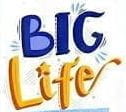
Big Life WebEx at 12:30pm
Click on the meeting link below or use the meeting number to enter.
Click here to enter the Meeting
Meeting Number: 2650 570 0847
Password: happy





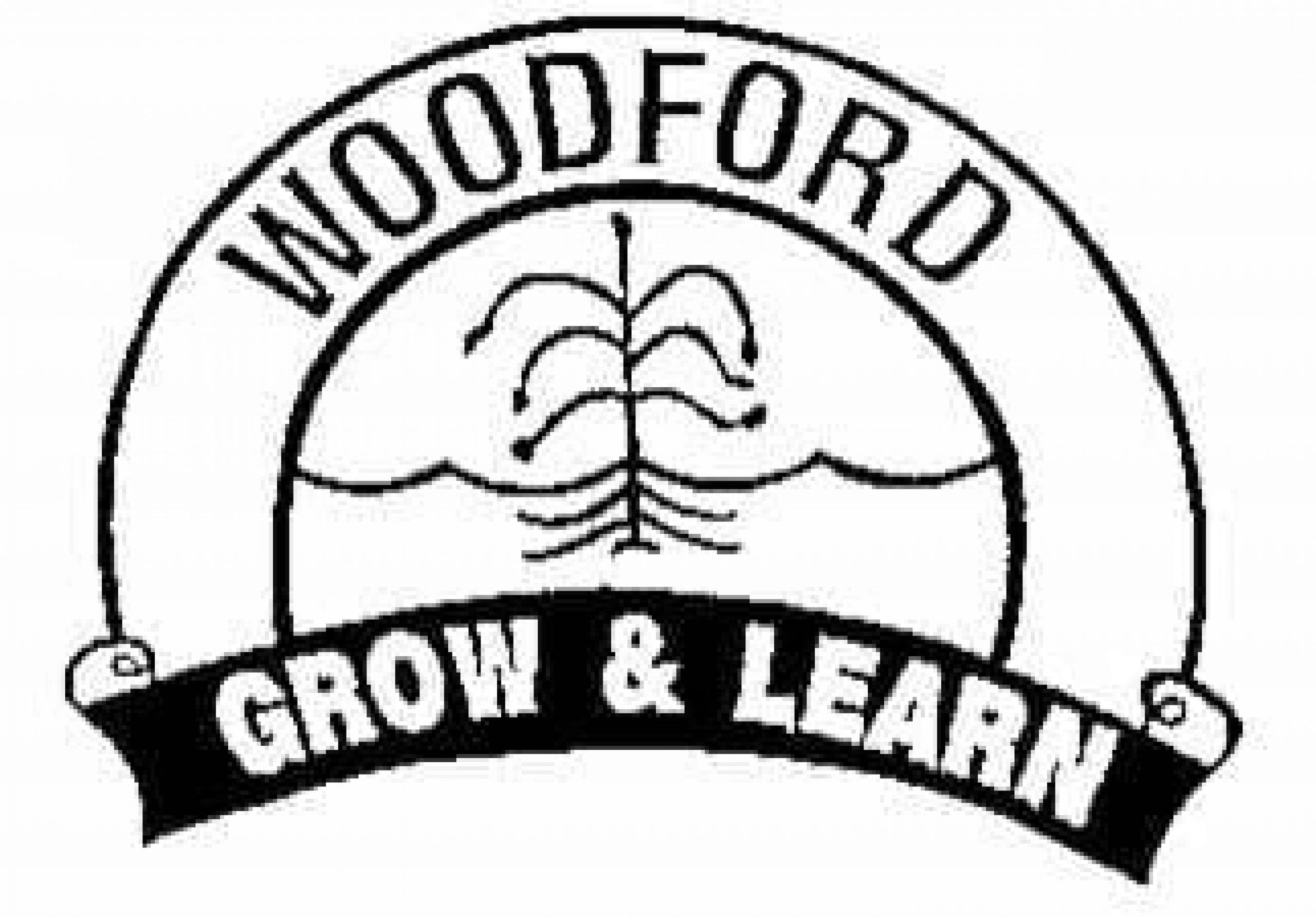

 Write down 10 6 digit numbers and put them in DECENDING ORDER (EG605,200 598,000)
Write down 10 6 digit numbers and put them in DECENDING ORDER (EG605,200 598,000)





 Word building: Find the base word of your spelling words and add prefixes and suffixes to make new words.
Word building: Find the base word of your spelling words and add prefixes and suffixes to make new words.